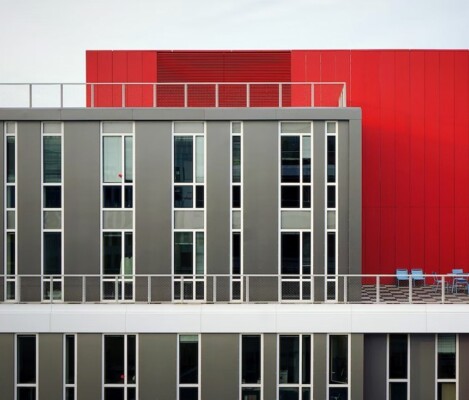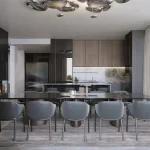Useful architectural photography tips from the pros, Architecture photo advice, Taking good building images
Useful Architectural Photography Tips From the Pros Guide
14 September 2022
If you’re an architectural photographer, or if you’re looking to start shooting architecture, then you’ll want to read this post! In it, we’ll discuss some tips that the pros use to get great shots of buildings and other structures. We’ll also talk about how to deal with different lighting conditions and how to compose your photos for the best results. So whether you’re a beginner or an experienced pro, these tips will help you take your architectural photography skills up a notch!
Lighting can make or break a photo
This is especially true when it comes to shooting architecture. The best time to shoot is during the golden hour, which is the hour before sunset or the hour after sunrise. The lighting during this time is softer and more flattering, which will help your photos look their best. Of course, you can’t always shoot during the golden hour, so you’ll need to know how to deal with different lighting conditions. If you’re shooting in direct sunlight, try to position yourself so that the sun is behind you. This will help avoid harsh shadows on the building. And if you’re shooting indoors, look for ways to use natural light coming in from windows or skylights.
Explore details and patterns
One of the great things about architectural photography is that there are endless opportunities to explore details and patterns. Look for interesting textures, shapes, and colors, and try to capture them in your photos. This can be a great way to add interest and variety to your shots. Moreover, the details in architectural photography can often tell a story about the building itself. For example, an ornate door knob might suggest that the building was once a luxury home, while a weathered sign might indicate that it’s been around for many years. By paying attention to these details, you can help give your photos a sense of history and context.
Composition is key
When you’re shooting architecture, it’s important to pay attention to the composition of your photos. This means thinking about the placement of the different elements in the frame and making sure that they work together to create a pleasing image.
One way to do this is to use leading lines, which are lines that lead the eye into the photo. These can be created by the edge of a building, a row of columns, or even a path leading up to the entrance. Another thing to keep in mind is the rule of thirds, which is a guideline that says you should place the main subject of your photo either in the center of the frame or off to one side. This will help create a more balanced and pleasing composition.
Get creative with angles
Don’t be afraid to experiment with different angles when you’re shooting architecture. Sometimes the best shots are taken from unconventional perspectives. So get up high, down low, or even close to the ground. And don’t be afraid to try out different lenses to get a variety of results. A wide-angle lens can be great for capturing the overall structure of a building, while a telephoto lens can be used to get a closer view of details.
Remember these tips the next time you’re out shooting architecture: pay attention to the lighting, compose your shots carefully, look for interesting details, and don’t be afraid to experiment with different angles. With a little practice, you’ll be taking amazing architectural photos in no time!
Comments on this guide to Useful architectural photography tips from the pros article are welcome.
Architecture
Comments / photos for the Useful architectural photography tips from the pros advice page welcome



